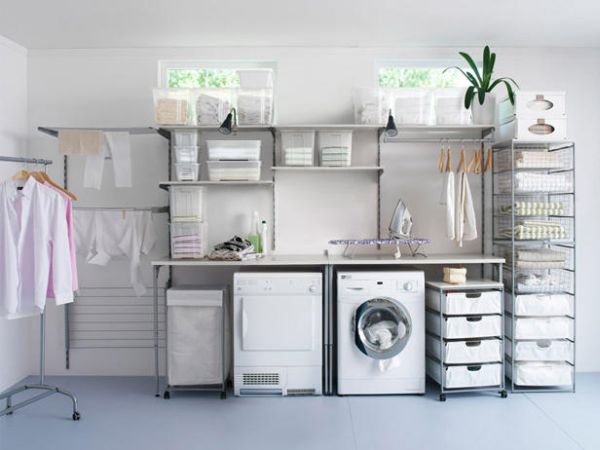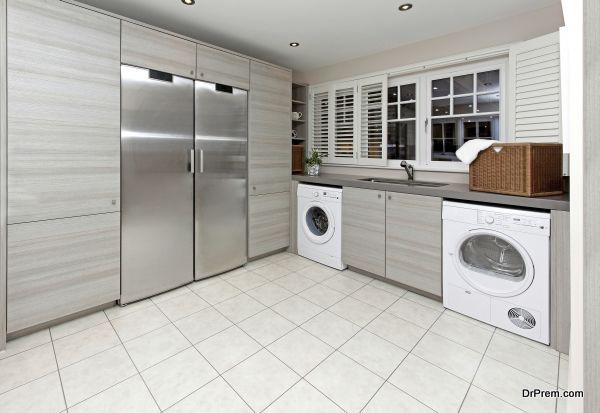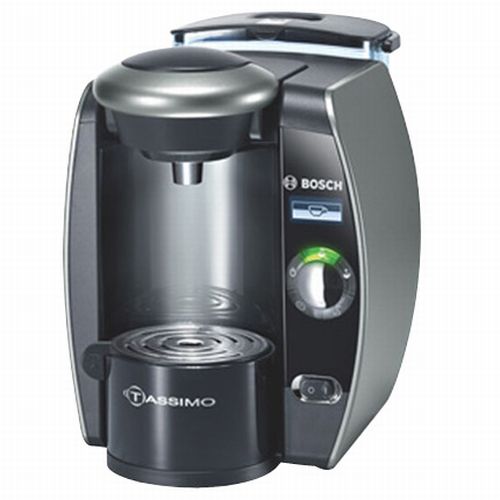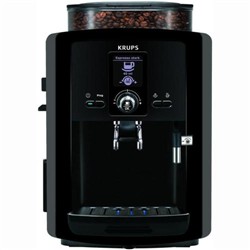Unless you live in a perpetually warm and sunny climate, chances are you would do well to invest in a good dryer.
Whilst dryers in general have ratcheted up a dismal reputation for being a necessary evil in the home – what with their clanging, whirring and clunking nature – they have nevertheless proven to be an indispensable addition to most busy households.
The good news is that dryers have come a long, long way from the kind that still occupy my mother’s kitchen – which sends every sharp eared animal in the neighborhood clamoring for cover as it reaches the jumbo-jet zenith of its spin cycle.
The benefits of owning a dryer aside – drying clothes regardless of the weather, faster drying time, not having a small cavalry of drying horses placed strategically about the house – it is important to know what to look for when buying one.
These are the five key features your next tumble dryer should have.
- A damp/dry signal
Moisture sensors allow your dryer to recognize when the load is dry, or still wet. It is a very important function for two very good reasons.
First, it ensures that your clothes remain unharmed because the machine will automatically know when the load is dry enough and then stop drying. By buying a machine with a moisture sensor you will ensure that your clothes are dried without looking like someone has taken a hammer and anvil to them.
Second, it saves on energy, which saves on money. Moisture sensors are worth their weight in gold when it comes to cutting down on wastage costs associated with typical dryers.
2. Gas vs. Electric
Whilst both types of dryer perform equally as well as each other, it is worth noting that gas versions cost around $50 to $150 more than their electrical counterparts. However, the savings in terms of energy costs in the long run do add up. A typical electrical dryer for instance uses a 240 volt outlet whereas a gas dryer requires a gas hookup and a 120 volt outlet.
3. Size
For the most part a regular sized dryer is more than adequate for most households. These dryers are designed to handle an average sized wash load with ease. Unless you have to regularly dry heavy items like bedspreads, quilts and slip covers, a normal sized dryer should fit your needs just fine.
4. Noise
No dryer is entirely noiseless. Every dryer makes some degree of noise, but the difference in that degree can be the difference between a having a jumbo jet taking off in your basement or nothing more than an audible purring when it is operating. Of course, if your laundry is situated far enough away from your living space so not to disturb you then noise shouldn’t be a deal breaking issue.
If your dryer is situated in a place where it will be heard then it is important to do some research and find a dryer with a reputation for having a low noise level. Unfortunately there is no way to test just how much noise a dryer makes in store, which is why this step is important. Read more tips on reducing noise of a dryer.
- Lint cover
Make sure that when you buy a dryer you know where the lint cover is. In a perfect world the lint cover needs to be cleaned after every use, but even if you’re not a stickler to the Law of the Lint, it is something that will need changing on a regular basis.
Look for a dryer where the lint cover is easy to reach and remove, otherwise you may find yourself grunting and cursing your way around the inside of your dryers big, gaping silver maw every time you want to clean the cover.
Find a high-quality dryer that meets all five of these criteria and your days of laundry hell will be behind you. No more clothes horse invasions, no more pungent wet clothes smell during rainy days and no more whiling away your precious free time methodically hanging up an endless deluge of laundry on the clothes line.
Article Submitted By Community Writer





